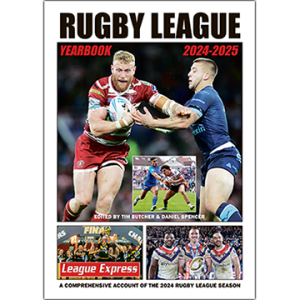 Oldham's promotion-winning season in 2024 has been built on strong defence, which has echoes of past glories for the club in the early years of the Northern Union.
OLDHAM are on the up - thanks partly to keeping opponents' scores down.
Sean Long's powerful side nilled teams in seven out of 20 matches this year as they romped to the League One t
Oldham's promotion-winning season in 2024 has been built on strong defence, which has echoes of past glories for the club in the early years of the Northern Union.
OLDHAM are on the up - thanks partly to keeping opponents' scores down.
Sean Long's powerful side nilled teams in seven out of 20 matches this year as they romped to the League One t Time Machine: Oldham’s stoic defenders of 1910-11
 Oldham's promotion-winning season in 2024 has been built on strong defence, which has echoes of past glories for the club in the early years of the Northern Union.
OLDHAM are on the up - thanks partly to keeping opponents' scores down.
Sean Long's powerful side nilled teams in seven out of 20 matches this year as they romped to the League One t
Oldham's promotion-winning season in 2024 has been built on strong defence, which has echoes of past glories for the club in the early years of the Northern Union.
OLDHAM are on the up - thanks partly to keeping opponents' scores down.
Sean Long's powerful side nilled teams in seven out of 20 matches this year as they romped to the League One t 



